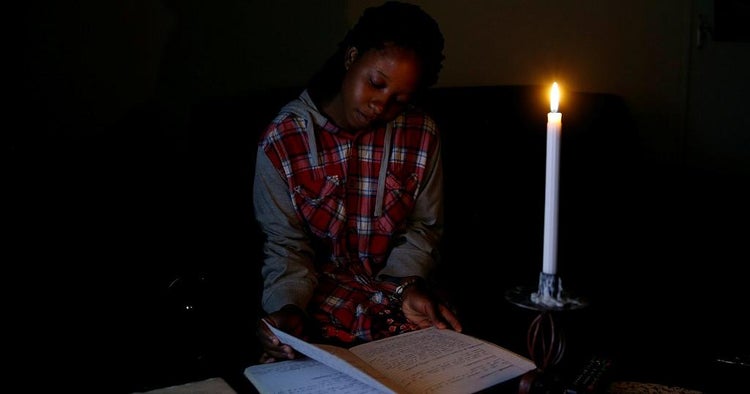Derick Tsimba
Zimbabwe should soon be generating adequate electricity, through expansion of Hwange Power Station, a project that has been spearheaded by the Second Republic.
Energy holds the key to transforming Zimbabwe’s economy into a success by 2030. The country’s economy remains dominated by the Agriculture, Mining and Industrial sectors which consume large amounts of electricity. The country has had challenges in the provision of adequate electricity to power these economic activities affecting efforts to revive the economy.
To increase electricity generation, Zimbabwe Power Company (ZPC) has six projects which are currently running to add electricity supply to the national grid.
These projects are Hwange Expansion Project, Hwange Life Extension Project, Deka Up gradation Project, Bulawayo Repowering Project, Munyati Repowering Project and Batoka Hydro Power Project.
Hwange power station remains the biggest coal-fired power facility in Zimbabwe, the expansion project should add 600 MW to the national grid. This expansion estimated to cost $1.5 billion is being carried out by a special-purpose vehicle (SPV) comprising Zimbabwe Power Company (ZPC), and Chinese state-owned hydropower engineering and construction company Sinohydro.
Located at Hwange in the Matabeleland North Province, Hwange power station has current installed capacity of about 920MW and upon completion of the expansion project in 2022 will add 600 MW making the plant’s capacity 1520MW.
Zimbabwe requires more than 2000MW of electricity daily to meet up its demand for electricity. Currently Zimbabwe produces about 1315MW of electricity generated from Hwange 455MW, Kariba 848MW and Bulawayo 12MW.
At full capacity, Hwange should be producing 1520MW in 2022, added to the 848 MW from Kariba and 12MW from Hwange, a total of 2380 MW should be generated.
Currently, the country continues to import electricity from South Africa and Mozambique whose supply at times can be erratic because of these countries own domestic demand.
By adding on more electricity to the national grid, Zimbabwe should not only supply its local demand for electricity, but should also export electricity in other parts of the SADC region.
As Government continues on its journey towards a prosperous and empowered Upper Middle income society by 2030, no stone will be left unturned to revive the country’s economic fortunes.
As stated in the National Development Strategy1 (NDS1), the expansion of Hwange Power Station is an effort by Government to ensure the country realises vision 2030.
According to the Minister of Finance and Economic Development, Mthuli Ncube, the NDS 1 is the first 5-year Medium Term Plan aimed at realising the country’s Vision 2030, while simultaneously addressing the global aspirations of the Sustainable Development Goals (SDGs) and Africa Agenda 2063.
NDS1 attends to the development and capacitation of key national institutions, which will create the enabling environment critical for transformative economic growth.
The NDS1 will intentionally commit resources towards building and capacitating key national institutions that play a critical role in providing the enabling environment for private sector investment to thrive.




